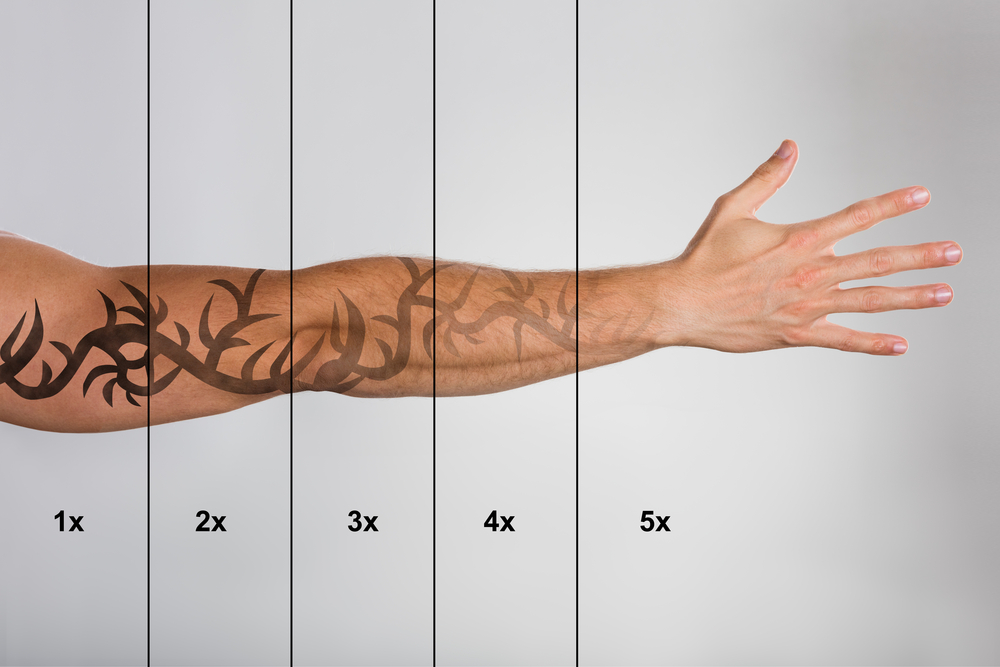Friday, 8 November 2024
Tattoo removal laser settings


Tattoo removal using lasers is a popular and effective procedure, but achieving optimal results hinges on precise laser settings. Understanding the intricacies of these settings is crucial for tattoo removal professionals.
Wavelength Selection:
The first crucial setting is the wavelength, which determines the specific type of light emitted by the laser. Different wavelengths target specific pigments:
1064nm: Effective for dark pigments like black and blue.
532nm: Targets lighter colors such as red, yellow, and orange.
694nm: Particularly useful for green and blue pigments.
Choosing the correct wavelength is essential for maximizing absorption by the tattoo ink and minimizing damage to the surrounding skin.
Pulse Duration and Energy:
The pulse duration, which is the length of time the laser emits light, and the energy of the laser pulse are interconnected factors that impact treatment efficacy and potential side effects.
Shorter pulses: Deliver more energy to the target area in a shorter duration, potentially causing more heat damage.
Longer pulses: Distribute energy over a longer period, reducing heat and minimizing tissue damage.
The optimal combination of pulse duration and energy depends on factors like the tattoo ink type, skin tone, and desired treatment outcome.
Spot Size and Frequency:
The spot size of the laser beam determines the area treated in a single pulse. Smaller spot sizes are generally preferred for fine lines and intricate designs, while larger spots suit larger tattoos.
The frequency refers to the number of laser pulses delivered per second. Higher frequencies allow for faster treatment but may increase the risk of skin damage.
Cooling Systems:
Modern laser systems employ cooling systems to protect the skin from heat damage during treatment. These systems can be integrated into the device or applied externally. Effective cooling is essential for minimizing pain, reducing the risk of burns, and promoting skin healing.
Other Factors:
Besides the primary settings, factors like skin type, tattoo depth, and patient's health history should be considered during treatment planning. A comprehensive understanding of these factors helps professionals tailor the settings for optimal results and minimize potential complications.
Conclusion:
Mastering tattoo removal laser settings is a skill that requires constant learning and refinement. By understanding the fundamental principles and applying them judiciously, professionals can achieve successful outcomes and satisfy their clients' expectations.
No comments:
Post a Comment
Note: only a member of this blog may post a comment.